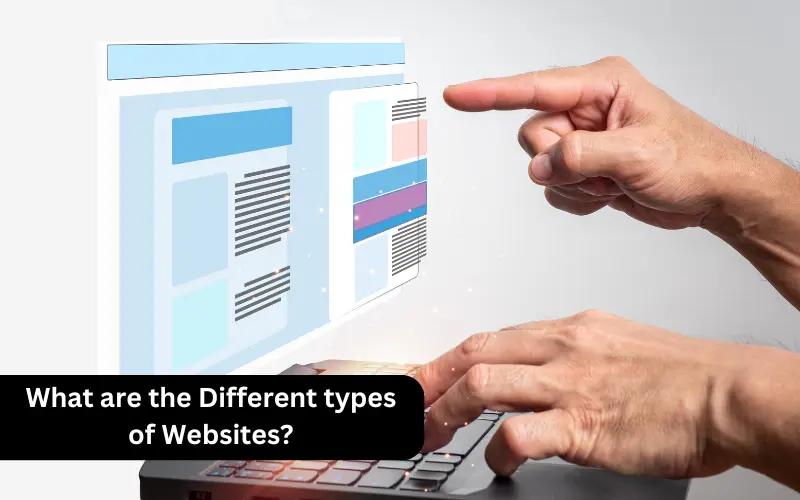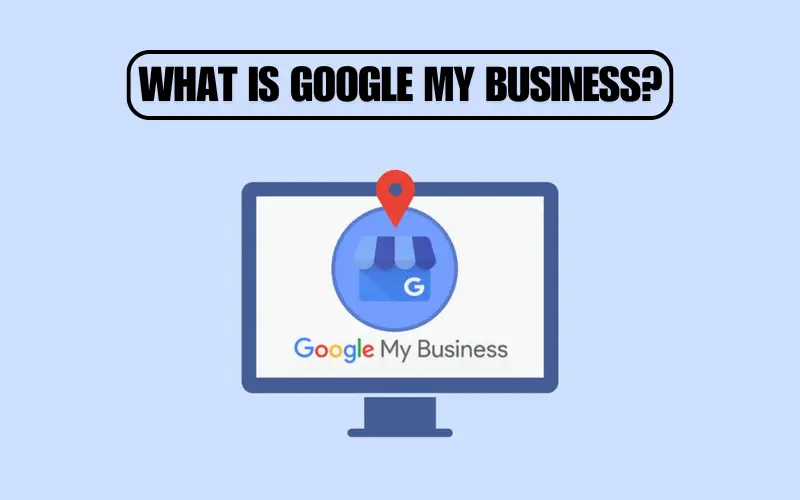Recently updated on January 4th, 2025 at 11:42 am
In today’s digital age, the internet is a massive ecosystem filled with websites catering to a wide range of needs and interests. Whether you’re a casual internet user or a business owner trying to develop an online presence, understanding the many types of websites is critical for successfully navigating the online world. In this guide, we’ll delve into the vast world of websites, looking at various categories, designs, and examples to help you understand the complexities of web presence.
Overview of Different Website Types
E-commerce websites enhance online transactions by allowing users to buy and sell goods and services. Examples include Amazon, eBay, and Etsy.
Blogs and personal websites allow individuals and groups to communicate their views, opinions, and experiences on a variety of topics. Personal websites function as digital resumes or portfolios, highlighting skills and accomplishments.
Corporate websites represent businesses and organizations, providing information about products, services, and company data to increase brand awareness and legitimacy.
Educational websites provide online courses, tutorials, and academic resources, allowing students to learn across disciplines and ages.
News and media websites promote accuracy and speed in their delivery of current events, entertainment, and sports content.
Social networking websites, such as Facebook, Twitter, and LinkedIn, enable users to engage with one another, network, and share material.
Portfolio websites are used by artists, designers, and creatives to promote their work and skills to potential clients or companies.
Forum and community websites These platforms enable like-minded people to debate issues of interest, get advice, and share their experiences.
Government & Institutional Websites Websites are used by government agencies, educational institutions, and non-profit organizations to share information and connect with citizens and stakeholders.
These websites offer a variety of leisure and entertainment options, including streaming platforms and online gaming portals.
Are you looking for web design services? Go here for web design and development services.
Website Categories: Exploring Further
Static vs. Dynamic Websites: Static websites have fixed content, whereas dynamic websites can be updated or modified often.
Responsive web design refers to websites that adjust to different screen sizes and devices to provide the best possible user experience.
Single-page vs. Multi-page Websites: Single-page websites display all content on a single page, whereas multi-page websites contain numerous interconnected pages.
Commercial vs. non-commercial websites: Commercial websites are designed to generate cash, whereas non-commercial websites serve informational or social goals.
Examples of Different Website Types
- E-commerce: Amazon, eBay, Shopify
- Blogs and Personal Websites: WordPress, Medium, LinkedIn
- Corporate: Apple, Coca-Cola, Nike
- Educational: Khan Academy, Coursera, TED-Ed
- News and Media: CNN, BBC News, BuzzFeed
- Social Networking: Facebook, Twitter, Instagram
- Portfolio: Behance, Dribbble, DeviantArt
- Forum and Community: Reddit, Stack Overflow, Quora
- Government and Institutional: USA.gov, Harvard University, UNICEF
- Entertainment and Gaming: Netflix, Twitch, Steam
Conclusion:
To summarize, the internet is a massive reservoir of unique websites catering to a variety of purposes and interests. Understanding the many sorts and categories of websites allows you to better traverse the online world and use the internet to your advantage. Whether you’re looking for items, information, or ways to interact with others, there’s a website for that. So, explore, learn, and take advantage of the wide universe of websites at your disposal.






